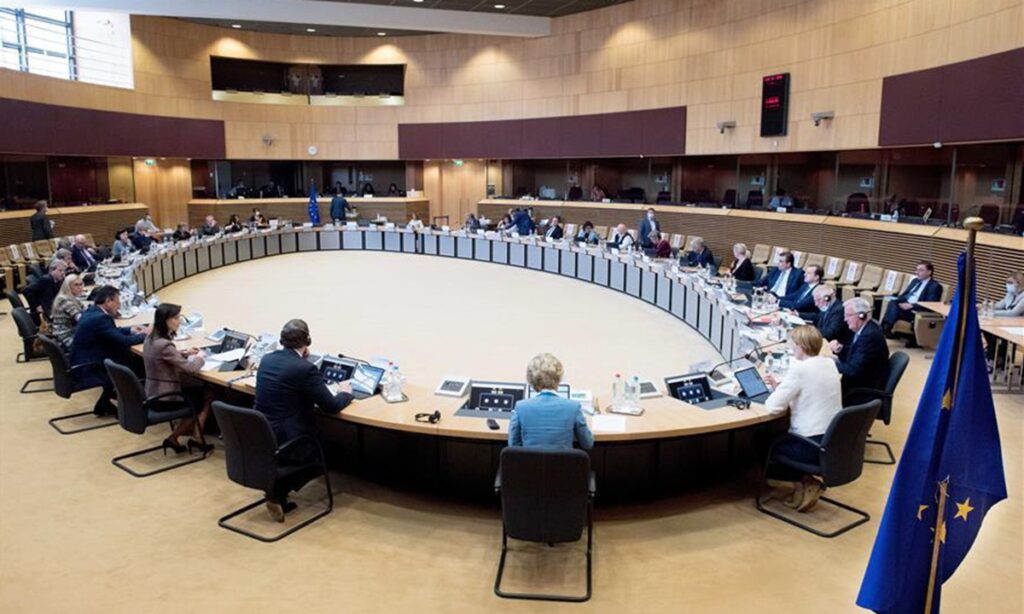As European countries emerge from their coronavirus lockdowns and lift travel restrictions to revive their tourist industries, the EU has been aiming to coordinate the border reopening among its 27 members.
The bloc has recommended that the member states fully reopen their frontiers with each other on Monday (local time), and many countries are planning to relax controls on that date. But the border reopenings have been far from harmoniously coordinated.
Italy, which has been among the world’s hardest hit by the new coronavirus pandemic, reopened its borders on June 3, lifting all restrictions for travelers from within Europe.
Bulgaria, Croatia, Hungary, Latvia, Lithuania, Estonia, Slovakia and Slovenia have also already begun to lift restrictions for foreigners entering their countries but excluded those from nations they deem as not safe – in many cases that list includes Sweden and the UK.
Poland has reopened its borders to all fellow EU members and the UK from Saturday.
Sweden meanwhile never closed its borders to EU countries.
Neither did tiny Luxembourg – but quickly found all its neighbors closing their borders instead.
In line with the EU’s plans to reopen borders in the bloc by mid-June, Belgium, France and Greece are lifting restrictions on Monday for travel within Europe.
Paris, however, has specified it wants reciprocity and so may impose restrictions on those countries blocking travelers from France.
Greece, on the other hand, has gone further, also allowing travelers from farther afield, such as Australia, New Zealand, Japan, South Korea, China, Israel and Lebanon.
Germany is due to end land border checks on Monday, while the Dutch government has announced it would ease warnings against nonessential foreign travel from the same date.
Austria, which has already opened its borders to most of its neighbors, will on Tuesday lift travel restrictions with a total of 31 countries – but has excluded Portugal, Spain, Sweden and the UK.
The Czech Republic is also allowing free travel with a number of European countries from Monday, but restrictions are still in place with those deemed a risk due to their levels of coronavirus infections.
Spain will only lift travel restrictions on Sunday, reestablishing free travel with fellow EU countries.
The land border with Portugal will however remain closed until July 1. Portugal has suffered a much lower death rate than Spain from the coronavirus epidemic.
However, Spain’s Balearic Islands will see an earlier contingent of foreign guests when they welcome 11,000 Germans from Monday in a pilot project for the revival of the crucial tourism sector.
Romania has not yet announced when it will reopen its borders to foreigners without restrictions. Meanwhile, others are also lifting border controls, but doing so more gradually.
Photo taken on June 10 shows a meeting of European Commissioners in Brussels, Belgium. The European Commission will later this week put forward an approach for the gradual and partial lifting of the Schengen zone’s external travel restrictions as of July 1 with certain third countries, Josep Borrell, High Representative of the European Union (EU) for Foreign Affairs and Security Policy, said here on Wednesday. Photo: Xinhua


